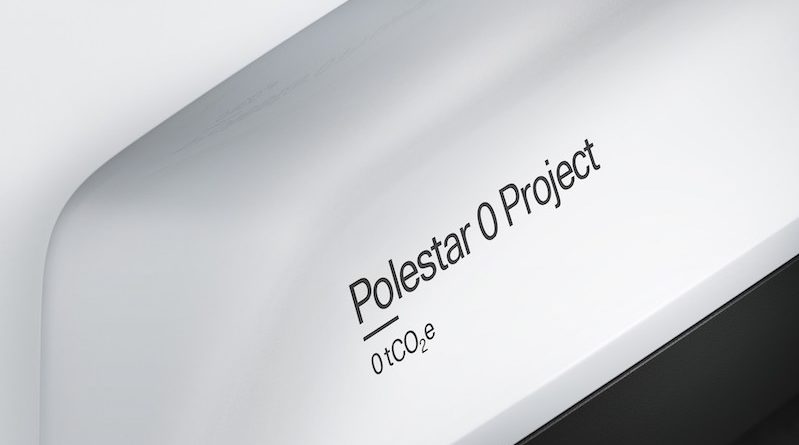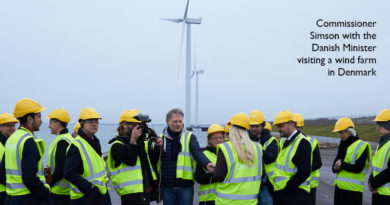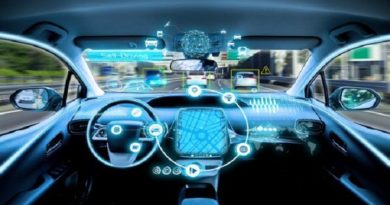
True climate neutral mobility beyond the tailpipe – decarbonizing supply chain
Electric cars are the future
This has been known for some time now, and carmakers have year after year ramped up EV production to meet booming consumer demand. EVs look the part for an environmentally friendly future, however, producing cars is not a C02-free process. While electric cars offer a genuine route to climate neutral mobility, producing EVs is not the solution – it is a starting point. It’s time to look beyond tailpipe emissions and consider how we source our materials and how we manufacture those materials into sustainable vehicles.
Businesses need to take substantial actions to reach the 1.5 degree target. We can no longer sit idly by, waiting for others to fight the ‘future problem’ against climate change.
The future is now, and radical change is needed. Recent research has revealed that relying on the current trend of offsetting by planting trees is not sustainable in the long run. We cannot continue delaying true climate action. We must invest in climate innovation, reduce emissions, and bend the curve towards zero – all within this decade.
At Polestar, we set ourselves a moonshot goal: producing a truly climate neutral car by 2030. A car that leaves the factory gates with a 0 CO2e burden. This means that all parts of Polestar’s supply chain are to reach our targets without resorting to the aforementioned offsetting by tree planting. It’s an unprecedented challenge for such a complex product as a car. We call it: the Polestar 0 project.
As a company focused on creating climate solutions, Polestar will design towards zero. Zero emissions, zero pollution, zero corruption, zero human rights violations. Design is the beating heart at Polestar, and we believe that sustainability starts at the drawing board.
Transparency
Our mission is to improve society by accelerating the shift to sustainable mobility. We believe transparency is a key driver for sustainable development. That’s why we’re aiming to be the world’s most transparent car company and pushing the automotive industry to embrace transparency in carbon footprint reporting, supply chain ethics and materials traceability.
We publish Life Cycle Assessments (LCA) of all our cars, starting with Polestar 2, along with the entire methodology we used – because the method one uses matters. LCAs consider a range of factors in a car’s life cycle, from supply to manufacture, to recycling, and summarise this climate impact in one easily understood number.
Our LCAs do not only guide us in our moonshot goal by pointing out the big emitters and where we must focus our efforts – they clearly prove that EVs are a climate solution.
By being completely transparent about our methods and progress towards a climate-neutral future, we aim to set a standard that others who want to make similar claims can follow and empower customers to make informed, ethical choices.
The roadmap to zero
The Polestar 0 project will involve three phases: research, advanced engineering, and product development. Collaboration with suppliers, research institutes, schools, NGOs and other companies, will be key, making it a project that will not only impact the automotive industry – but go far beyond.
An internal task force dedicated to the mission has been created, and is now focusing its efforts on five strategic initiatives:
1. What we can impact on our own, through our design choices and engineering, is the use of climate-neutral materials. In the process of sourcing components for our cars, we will search for climate-neutral or even climate-positive materials. The latter can actually be possible through different techniques, for example, carbon capture.
Along with using new and climate-neutral materials, implementing circular techniques, and utilizing renewable and recycled materials will play a central role in cutting waste.
2. For our overarching climate goals, we must also look to our suppliers and collaborate with providers that use 100% renewable energy. Beyond that, we must ensure that every partner, from sub-suppliers down to the raw material extraction, do the same. We will prioritize those who share our vision, and advocate the increase of renewable energy capacity in our industry.
3. The next obstacle that must be addressed is developing a climate-neutral platform for every vehicle. We will need to find solutions for developing and sourcing batteries and structure components that have a zero-carbon footprint.
4. In the pursuit of climate-neutral use of our cars, efficiency and design refinements will be key. Weight, tyres, aerodynamics, and efficient electrical systems all play pivotal roles when maximising the energy optimisation of our vehicles.
5. Finally, climate neutral manufacturing must utilise completely renewable electricity and commit to circular production methods to maintain the wider climate vision throughout the fabrication process.
Let’s not waste another minute
It is the biggest challenge we could set for ourselves. And it will become even harder the closer we get to zero. Do we already know how we will archieve it? Certainly not! But if we don’t put all our strength towards this one goal, we will never figure it out. And if we don’t manage to put one climate neutral car on the market by 2030, we will have failed collectively as an industry. So, let’s not waste another minute.




